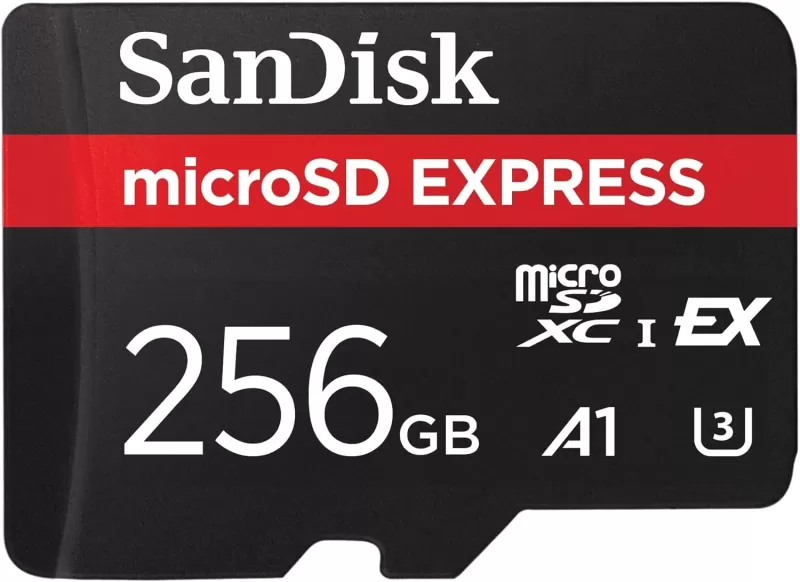Nintendo recently held an extensive 60-minute Nintendo Direct, diving deep into the much-anticipated Switch 2. They unveiled a host of exciting details, including the console's price at $449.99, a release date set for June 5, 2025, and an array of new games. A significant announcement was that the Switch 2 will exclusively support microSD Express Cards for storage expansion.
This means that when you get your hands on the Switch 2 this summer, you won't be able to use your existing storage cards. Instead, you'll need to invest in microSD Express cards. Currently, SanDisk offers compatible options on Amazon, such as a 128GB card for $44.99 and a 256GB card for $59.99.

The Nintendo Switch 2 boasts an internal storage of 256GB, a notable upgrade from the original Switch's 32GB. This increase means you might not need to expand your storage immediately. However, keep in mind that Switch 2 games are expected to be larger than their predecessors. For instance, while "Tears of the Kingdom" on the original Switch was 16GB, its Switch 2 version and other upcoming titles like "Mario Kart World" might require significantly more space.
Although exact file sizes for Switch 2 games are yet to be confirmed, it's safe to assume they'll demand a substantial amount of storage. Unlike the original Switch, which supported standard microSD, microSDHC, and microSDXC cards, the Switch 2 will only work with microSD Express cards.
Why MicroSD Express for Switch 2?
Nintendo's decision to use microSD Express cards for the Switch 2's storage expansion marks a significant shift. MicroSD Express cards represent a major advancement in portable storage technology. Traditional microSD cards are limited to 104 MB/s via the UHS-I interface, whereas microSD Express cards can leverage PCIe and NVMe technology to reach speeds up to 985 MB/s—nearly ten times faster.
This speed advantage is why the Switch 2 won't support regular microSD cards, ensuring the system can handle larger, more demanding games without performance issues. However, there's a notable downside: microSD Express cards are more expensive. For example, a 128GB SD card for the original Switch might cost around $10-15, while the same capacity in an Express card is about $45. Additionally, microSD Express cards are less common, with only a few brands like SanDisk and Samsung producing them.
While Nintendo's shift to microSD Express cards is geared towards speed and future-proofing, it does mean higher costs for expandable storage. If you're planning to purchase a Switch 2, be prepared to budget for these faster, albeit pricier, memory cards. For a comprehensive overview of everything Nintendo showcased during the Nintendo Switch 2 Direct, you can click here.
 Home
Home  Navigation
Navigation






 Latest Articles
Latest Articles










 Latest Games
Latest Games












